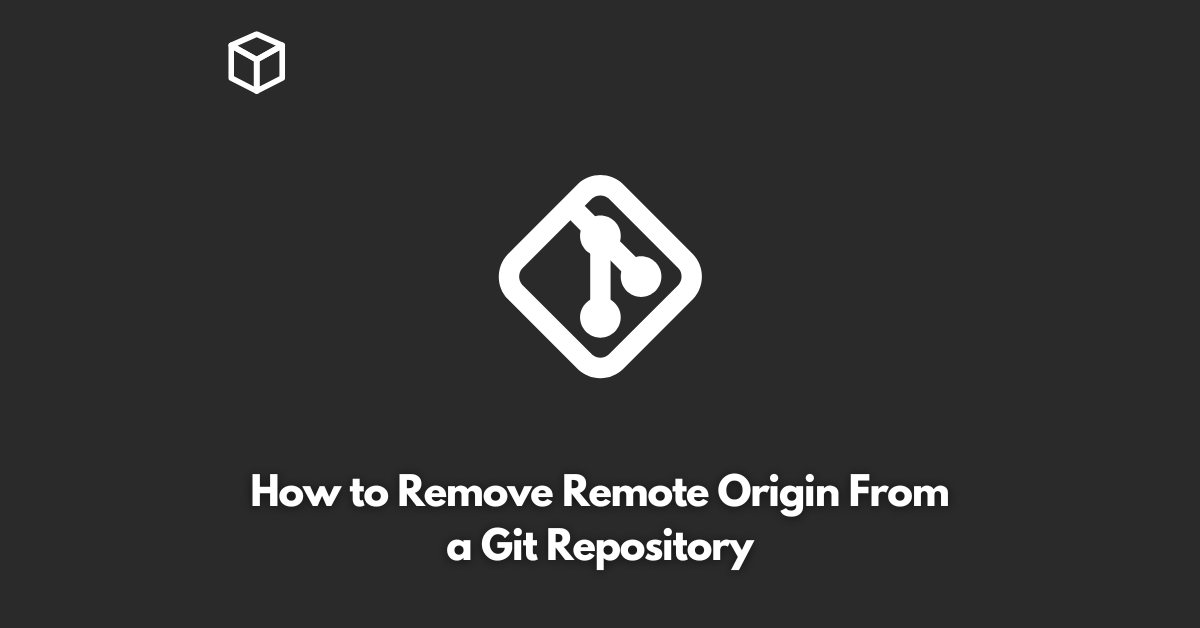Git is a popular version control system used by software developers to track changes in source code.
A remote origin is a reference to a remote repository that is hosted on a server.
In this tutorial, we will discuss how to remove the remote origin from a Git repository.
Why Remove Remote Origin?
There are several reasons why you might want to remove the remote origin from a Git repository:
- The remote repository may no longer be needed or is no longer being used.
- The remote repository may have been cloned from a fork, and you want to use a different remote repository instead.
- The remote repository may have been cloned from an old location, and you want to update the remote repository to a new location.
Steps to Remove Remote Origin
Verify the Remote Origin
To verify the remote origin, use the following command in the Git command line:
$ git remote -vRemove the Remote Origin
Once you have verified the remote origin, you can remove it using the following command:
$ git remote remove originVerify the Remote Origin is Removed
To verify that the remote origin has been removed, use the following command:
$ git remote -vConclusion
Removing the remote origin from a Git repository is a simple process that can be done in just a few steps.
Whether you no longer need the remote repository, or you want to use a different remote repository, removing the remote origin is a quick and easy process.




